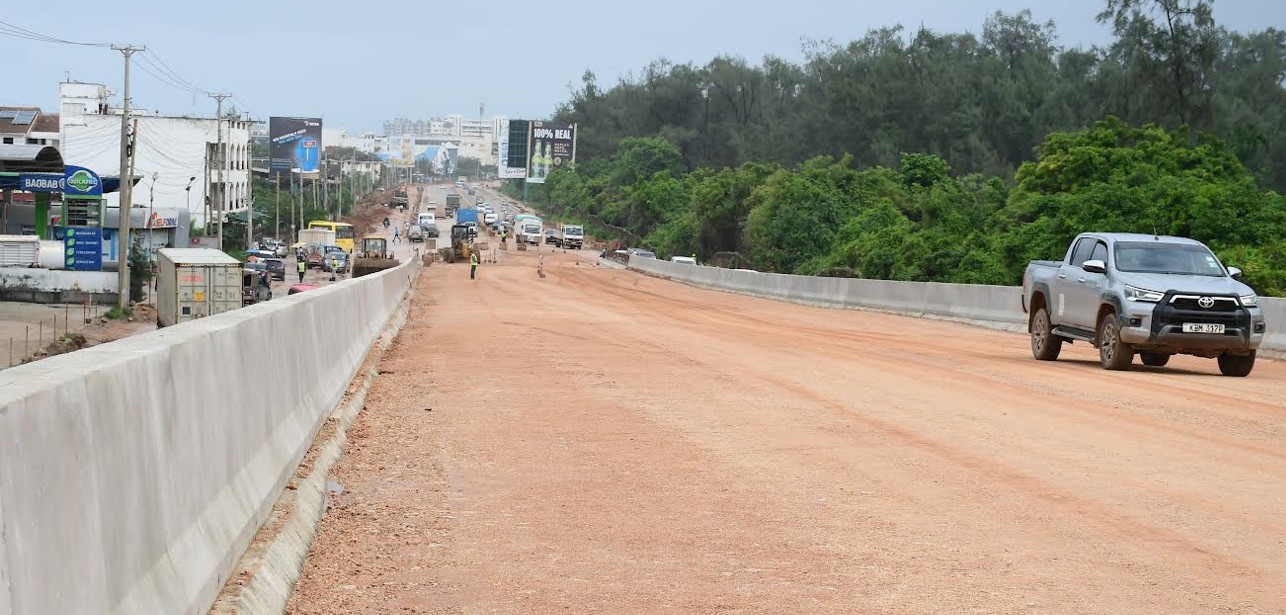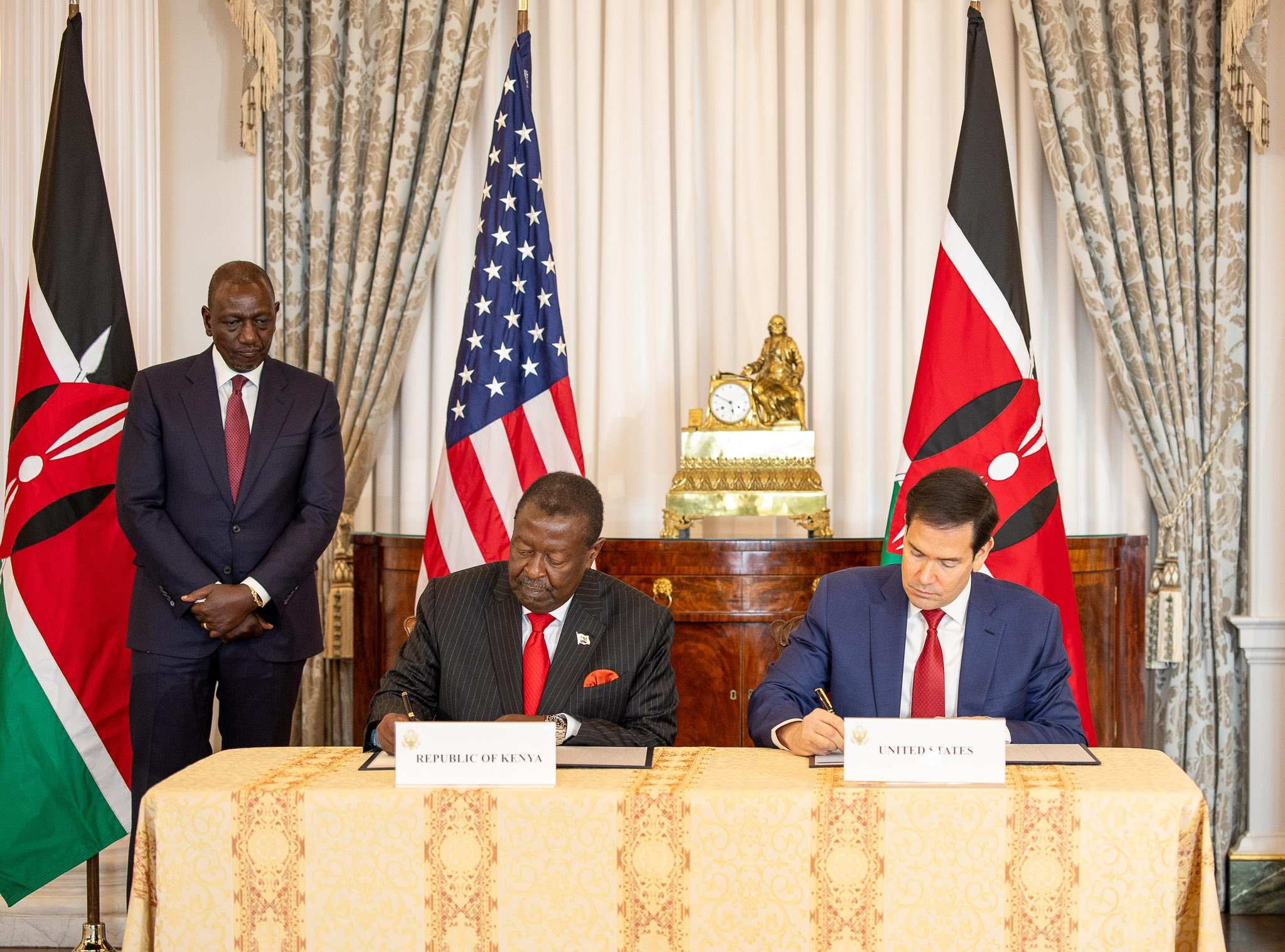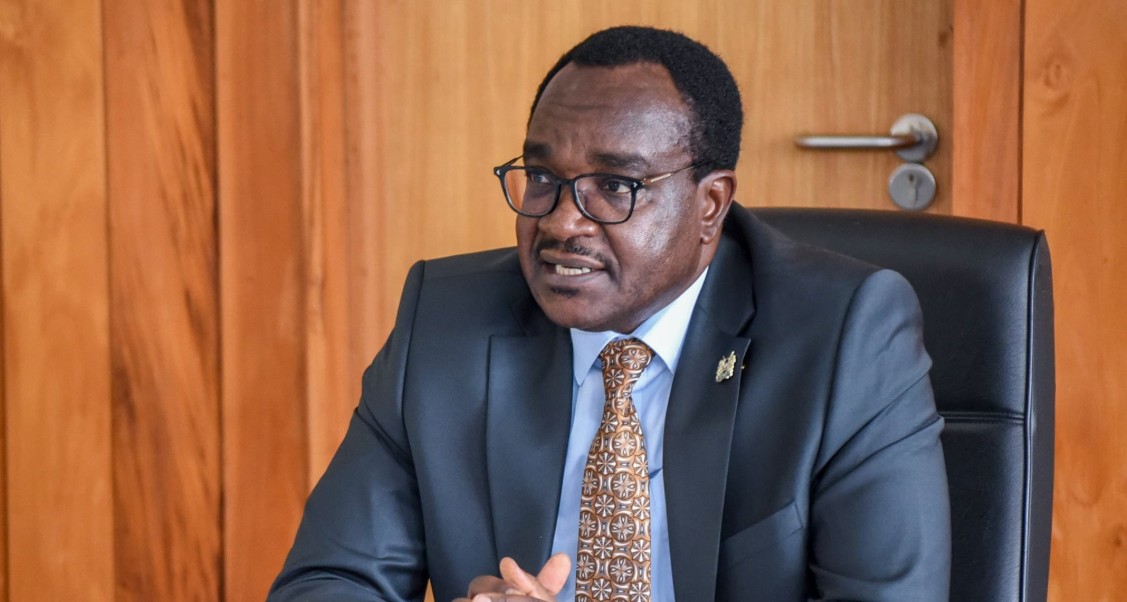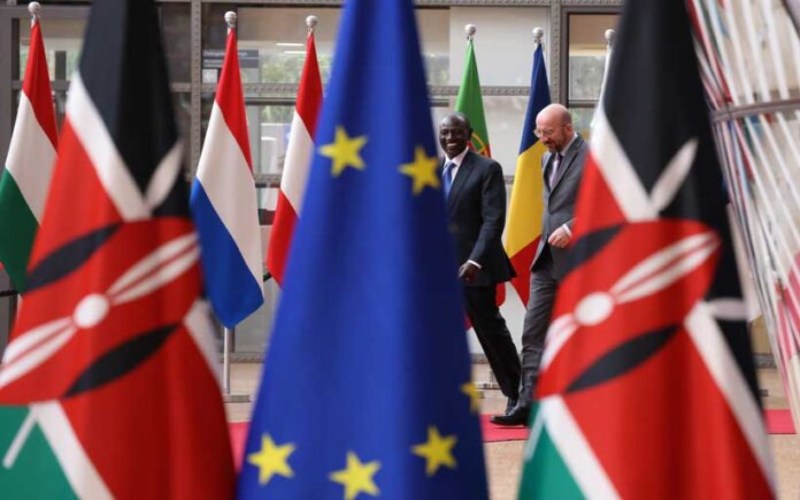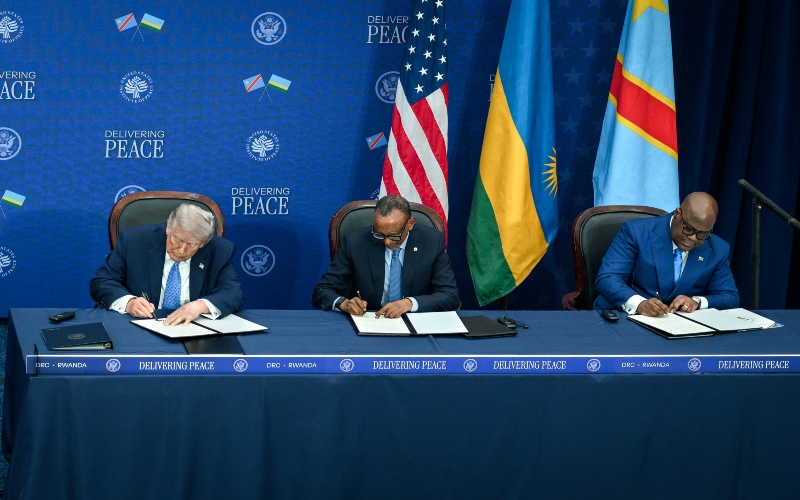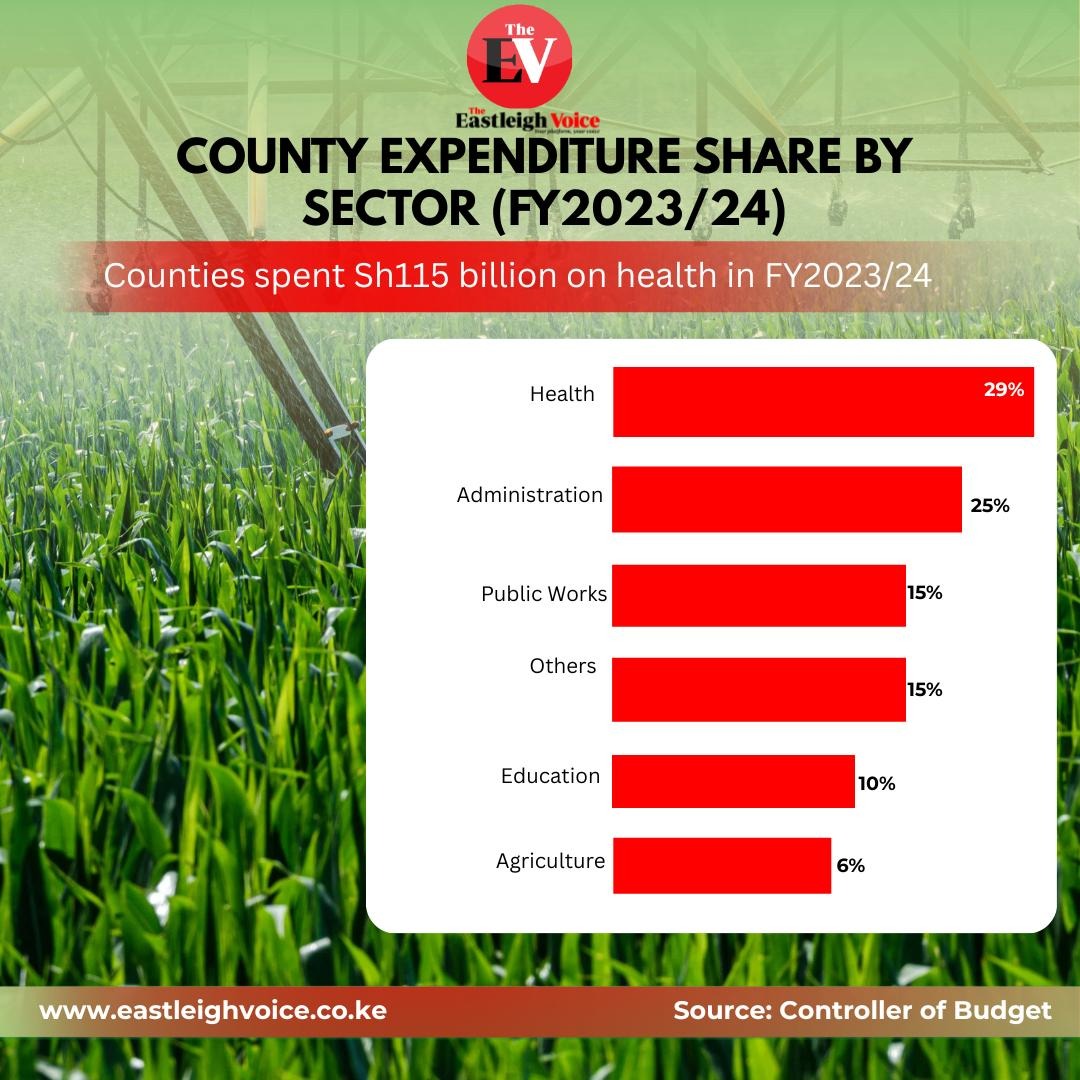Horn of Africa at risk of severe drought, global agencies warn
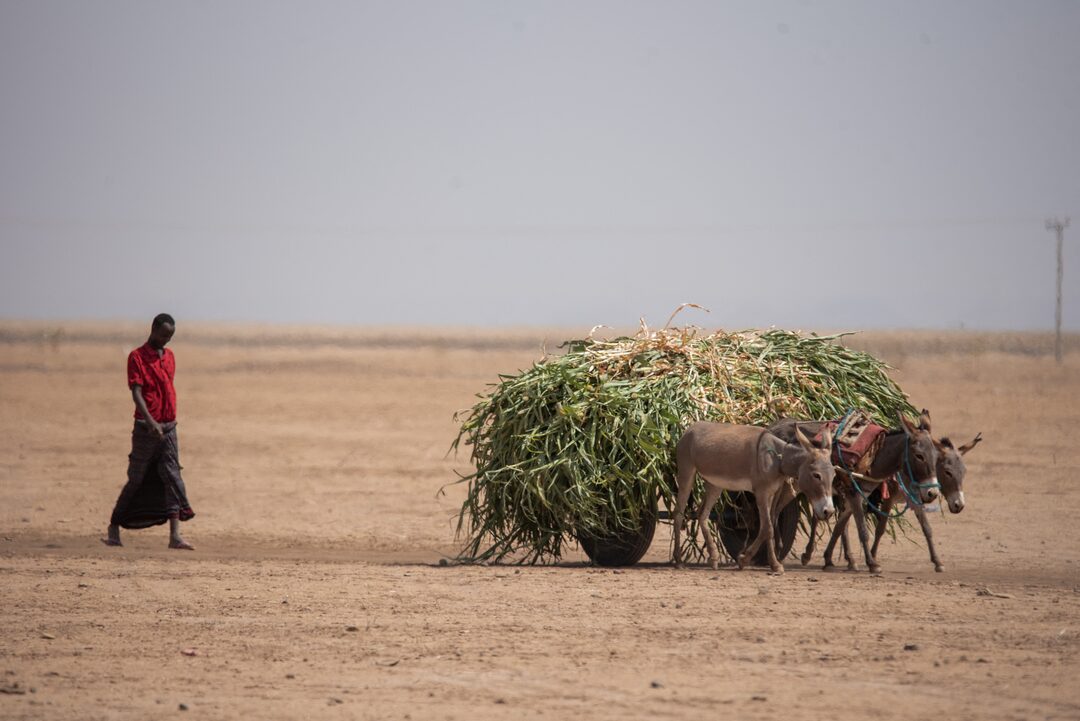
Climate models predict a transition to La Niña conditions during the second half of 2024, which could result in below-average rainfall.
The Horn of Africa is facing a grim forecast as international agencies warn of below-average rainfall during the October-December season, potentially leading to severe drought conditions.
The United Nations World Food Programme (WFP), the United Nations Office for the Coordination of Humanitarian Affairs (OCHA), and the Climate Prediction and Applications Centre (ICPAC) of the East African bloc of the Intergovernmental Authority on Development issued an alert on Friday, highlighting the dire situation.
More To Read
- 2025 set for second-hottest year on record
- Nyeri climate change activist Truphena Muthoni attempts 72-hour tree-hugging record
- UN’s Guterres vows to push for Palestine two-state solution, says he will ‘not shut up’
- Green economy now second-fastest global growth frontier, value hits Sh646.4 trillion - report
- Supporting Africa’s drylands: Insights from the pastoralists who call them home
- Factory farming in Africa: Development banks see it as a good idea, but it’s bad for the climate
Climate models predict a transition to La Niña conditions during the second half of 2024, which could result in below-average rainfall.
"The greatest impacts are expected in central and southern Somalia, southern Ethiopia, and the arid and semi-arid lands of Kenya," the institutions stated in their alert issued from Nairobi.
The warning extends to other countries in the region, including Uganda, Rwanda, Burundi, and Tanzania, where the second rain season occurs from October to December. The first rain season, spanning from March to May, has already set the stage for the upcoming challenges.
The agencies emphasised that the expected below-average rains would likely result in "crop failures, deteriorating pastoral conditions, water shortages, atypical livestock movements, increased disease outbreaks, and heightened food insecurity and malnutrition." This grim outlook calls for immediate action.
Humanitarian partners are urged to collaborate with local and national governments to support contingency planning, implement preparedness activities, and identify anticipatory actions to mitigate the impacts of the potential below-average rains. The region's historical experience with severe drought events drives the call for proactive measures.
The Horn of Africa has endured multiple severe droughts in the past, including those in 2010/2011, 2016/2017, and 2020/2023. These droughts were characterised by consecutive seasons of poor rainfall, exacerbated by higher-than-usual temperatures. The resulting conditions led to severe pasture and water shortages, livestock fatalities, failed cropping seasons, population displacements, rising food prices, deteriorating human health, and widespread food insecurity and malnutrition among pastoral and agro-pastoral communities.
According to the WFP, approximately 20.4 million people across Kenya, Somalia, and Ethiopia are currently facing high levels of food insecurity and require urgent assistance. The situation is particularly dire for children. Acute malnutrition remains a major concern, with estimates indicating that more than 6.2 million children under five will suffer from acute malnutrition in 2024 in Ethiopia, Kenya, and Somalia. Of these, we expect 1.7 million children to experience severe acute malnutrition.
The looming threat of another drought season underscores the urgent need for coordinated efforts to mitigate its impacts. The international community, humanitarian agencies, and regional governments must work together to provide the necessary support and resources to protect vulnerable populations and build resilience against future climate shocks.
Top Stories Today



